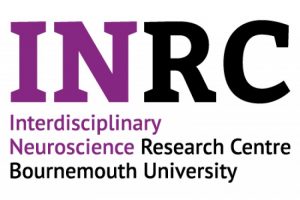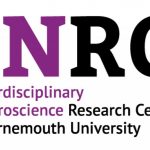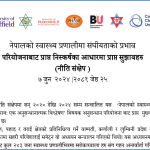Last month, we celebrated the third symposium of the Interdisciplinary Neuroscience Research Centre at the Inspire Lecture Theatre, entitled “Interdisciplinary Computational and Clinical Approaches at the Edge of Brain Research”.
This year, our symposium revolved around two linking themes: applied machine learning for understanding neuroscientific data and translational neuroscience. We choose to contrast these two themes because they show the breadth of areas of the centre and steer the debate on potential synergies.
The event started with an exciting talk by Prof. Miguel Maravall (director of the Sussex Neuroscience Centre of Excellence, Sussex University). Dr Maravall presented new experiments testing the idea that the function of the somatosensory cortex -beyond processing input information about an object’s features- represents the decision to act and even the outcomes of such actions. The recording of this lecture is available here.
Next, the first session concentrated on computational approaches. In this focused session, we enjoyed three talks. The opening talk by Michak Gnacek (Emteq Labs Emteq Labs, Brighton and Centre for Digital Entertainment, BU) showcased his appealing results on affect recognition in Virtual Reality leveraging multimodal physiological recordings and continual machine learning. The second speaker was Dr Géza Gergely Ambrus (Department of Psychology, BU). Dr Ambrus presented gripping new findings that extend the application of multivariate pattern analysis beyond face perception to other facial characteristics to explore underlying neural mechanisms. Finally, Dr Matteo Toscani (Department of Psychology, BU) discussed a series of intriguing studies over the recent years on unsupervised learning approaches -such as avant-grade deep autoencoders- for inferring haptic material properties.
After this first session, Prof. Jonathan Cole (University Hospital Dorset, NHS) opened the second session centred on clinical neuroscience. In his inspiring talk, Dr Cole discussed his research on patients with congenital and acquired complete absence of touch and movement/position, showing how the absence of these senses leads to different alterations in proprioception. Next, Prof. Caroline Edmonds (Department of Psychological Sciences, University of East London) presented a fascinating study on real-life implications of co-occurring memory impairments in children with neonatal hypoxic-ischaemic encephalopathy. The study evaluated memory function in school-aged children with this condition who received hypothermia treatment and survived without extensive neuromotor impairment.
To conclude the symposium, Prof. Birgit Gurr (Community Brain Injury and Adult Neuropsychology Services Dorset at Dorset HealthCare University, NHS) and Dr Ellen Seiss (Department of Psychology, BU) introduced a compelling evaluation of the dynamic information processing programme, encompassing mental exercises fostering the recovery of patients from a stroke.
After the symposium, we visited the Multimodal Immersive Neuro-sensing lab for natural neuro-behavioural measurement (MINE), led by Dr Xun He.
All in the INRC would like to wholeheartedly thank the speaker and the attendees for the fascinating talks and exciting debates we had. If you are interested in getting in touch, contributing or joining the Interdisciplinary Neuroscience Research Centre, please do not hesitate to contact Ellen Seiss (eseiss@bourenmouth.ac.uk) or Emili Balaguer-Ballester (eb-ballester@bournemouth.ac.uk).
Thank you again for your interest, and we are looking forward to seeing you in our upcoming activities.
Kind regards,
Ellen and Emili, on behalf of all of us at the INRC

 Interdisciplinary Computational and Clinical Approaches at the Edge of Brain Research
Interdisciplinary Computational and Clinical Approaches at the Edge of Brain Research










 New Nepal scoping review on maternal & neonatal health
New Nepal scoping review on maternal & neonatal health Writing policy briefs
Writing policy briefs Upholding Excellence: The Concordat to Support Research Integrity
Upholding Excellence: The Concordat to Support Research Integrity ECR Funding Open Call: Research Culture & Community Grant – Application Deadline Friday 12 December
ECR Funding Open Call: Research Culture & Community Grant – Application Deadline Friday 12 December MSCA Postdoctoral Fellowships 2025 Call
MSCA Postdoctoral Fellowships 2025 Call ERC Advanced Grant 2025 Webinar
ERC Advanced Grant 2025 Webinar Horizon Europe Work Programme 2025 Published
Horizon Europe Work Programme 2025 Published Horizon Europe 2025 Work Programme pre-Published
Horizon Europe 2025 Work Programme pre-Published Update on UKRO services
Update on UKRO services European research project exploring use of ‘virtual twins’ to better manage metabolic associated fatty liver disease
European research project exploring use of ‘virtual twins’ to better manage metabolic associated fatty liver disease